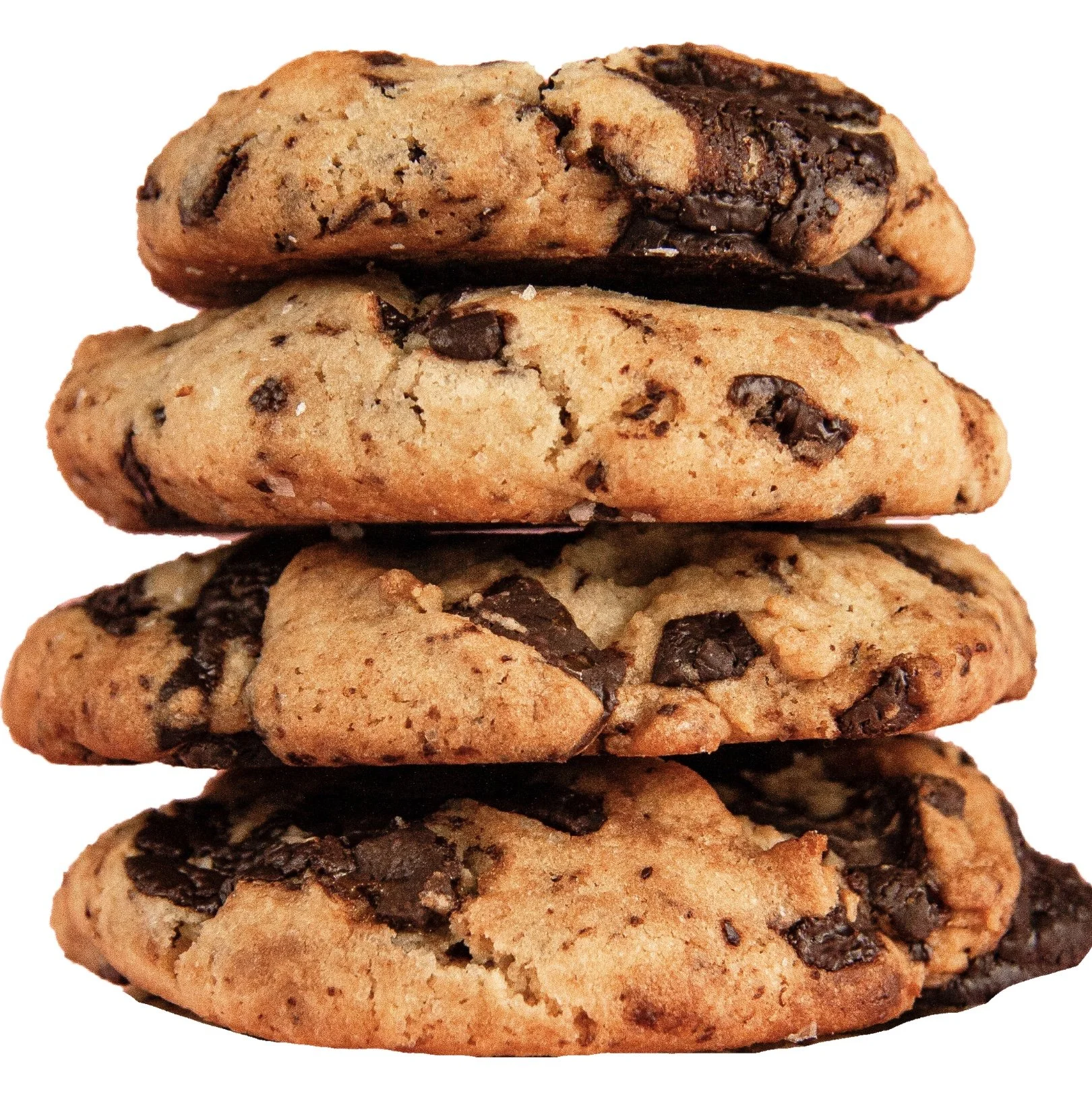The Importance of Note Recognition: Don’t count the cookies!
Level: Beginner / Intermediate
When we can read music fluently, it’s so much fun to play! There are no obstacles in the way of just making music, on our own or with friends. But what if it’s not so easy? What if every note we see is a puzzle, taking time to solve? “I know ‘Every Good Bird Does Fly,’ and it’s got a flag on it so it must be fast, and it’s on the A string, I think…” We just want to play, we don’t have time for that! The solution is simple: we must build fluency.
Just as we gradually learned the words of the English language, just as we gradually memorized the multiplication tables, we must commit ourselves to internalizing the note names and their locations on the instrument. Mnemonics like ‘All Cows Eat Grass’ can help us to a certain extent, but nothing substitutes for instant recognition. That conductor isn’t going to slow down for you to use your staff sentences! You need to know that note cold.
What if you have 4 bags of cookies, with 3 cookies in each? You don’t have to count the cookies. You know 4 times 3 is 12. Why would you count the cookies when the answer just springs into your mind from years of drilling? Similarly, as a professional string player, I do not have to count up staff lines to know the name of the note I’m looking at. When I see it, the note name pops into my mind. I immediately know where to find it on the fingerboard. I don’t count the cookies because I have trained my mind to know how many there are.
Let’s develop this same mathematical fluency with our note reading! It takes regular effort, but it’s actually quite simple and SO worth it! Add 5 minutes to every practice session and focus on this alone. In Core Music Theory for String Players, it is recommended that students make two different kinds of flashcards. One is to learn note names (the printed note on the staff is on one side of the card, and the note name is on the other). The second set of flashcards is “fingerboard geography,” or where to find that note on the instrument. (One side of the card would say ‘1 on A’ and the other side would say ‘B.’) In making these cards, students reinforce their knowledge; and in drilling the cards, students develop fluency. Can you buy these cards? Isn’t there an app for that? There are many roads that lead to the same destination, but there is no substitute for daily drilling to develop fluency, no matter how you go about it. (Note: These flashcards are available FREE on Quizlet! See www.CoreMusicTheory.com for details.)
Take those 5 minutes and quiz yourself!
Violin: 3 on D? G!
Low 2 on G? Bb!
4 on E? B!
Viola: 3 on A? D!
High 2 on C? E!
4 on A? E!
Cello: 4 on G? C!
2 on C? Eb!
3 on D? F#!
Bass: 4 on A? C#!
1 on E? F#!
2 on G? Bb!
You can consult a fingering chart to make sure your answers are correct, in the absence of flashcards. You can find an app for that. You can write it down, or you can sing it to the trees, but there’s no substitute for daily drilling to commit this to memory!
Who has time for this, and why should I care? Music is so rich, I personally promise you will get back in dividends what you invest. Set your timer and challenge yourself to do this every day. Can you spend 5 minutes twice a day? You’ll learn twice as fast! Ask any professional classical musician if fluent note reading is an important skill, and you will find that professionals unanimously agree that people who can read music fluently have an easier time learning new material and sightreading. It’s worth it, and you can do it, too!
So next time you feel like listening to your favorite podcast instead of breaking out your flashcards, remember… don’t count the cookies! Spending the time now to commit these notes to memory is worthwhile, and you’ll be so glad you did! Master this, then invite your friends over for a fun night of reading chamber music!
Has this post been helpful? Share it with your friends!
Get started with Core Music Theory by finding your level here: https://www.coremusictheory.com/levels.

